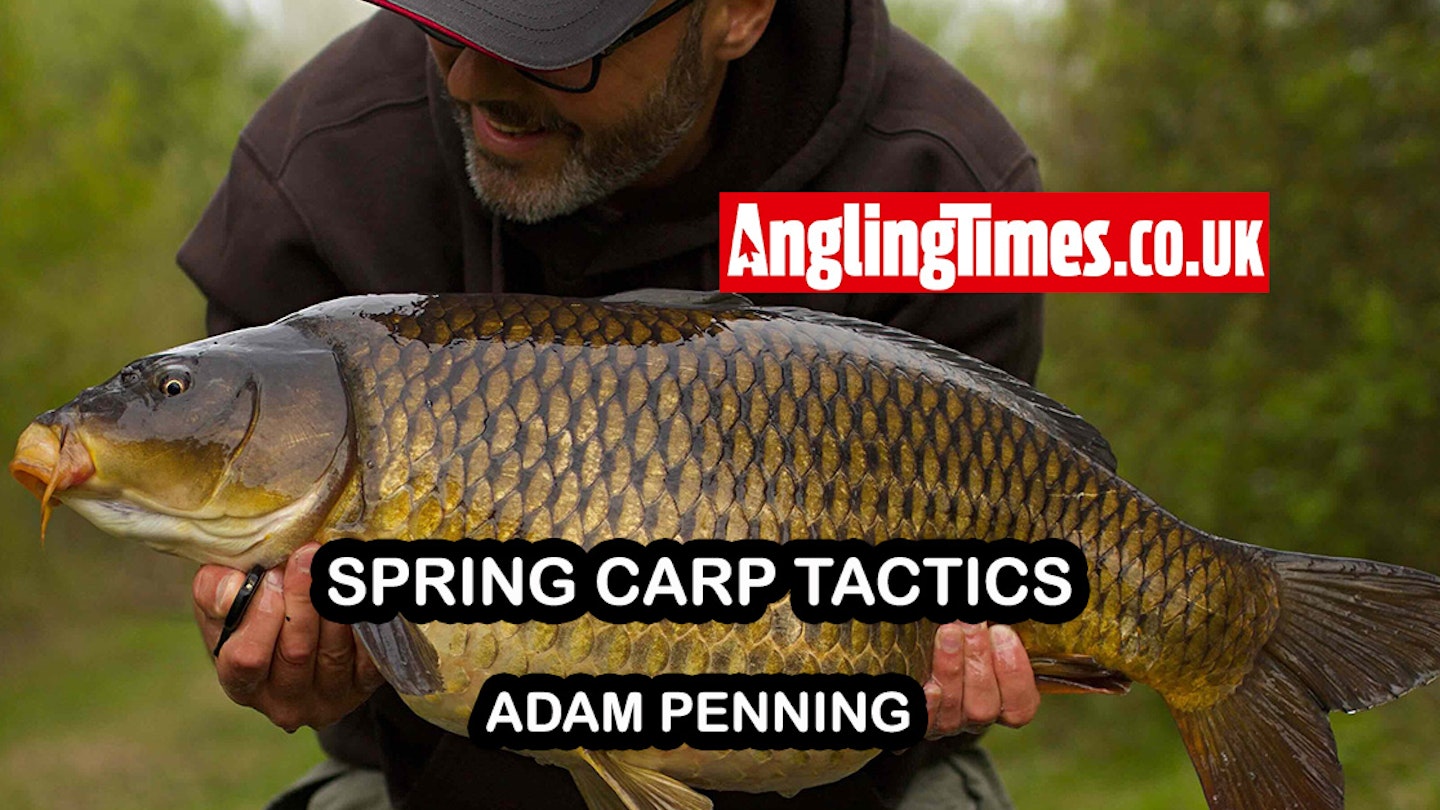Spring is arguably the most pivotal phase in the calendar of a carp, and two key physiological changes will be taking place.
Firstly, the fish will be driven to boost their body temperature. Being cold-blooded, carp are the same temperature as the water and their entire biological system will have been operating on a muted setting for several months.
Increased temperature gives rise to appetite, improved metabolic rate and readiness for the second requirement, which is preparation for spawning. This element will have a varying effect on how we fish for the carp, depending on the condition/age of those we are trying to catch.
Principally, younger, leaner carp that spawn successfully each year can show a strong inclination to feed in the build-up to spawning, Conversely, old, deep-bodied fish will be far less inclined to feed heavily until after they have shed their burden of eggs and milt.
WANT TO CATCH A SPRING CARP? CHECK OUT OUR WHERE TO FISH GUIDE FOR THE BEST CHANCE OF SOME ACTION.
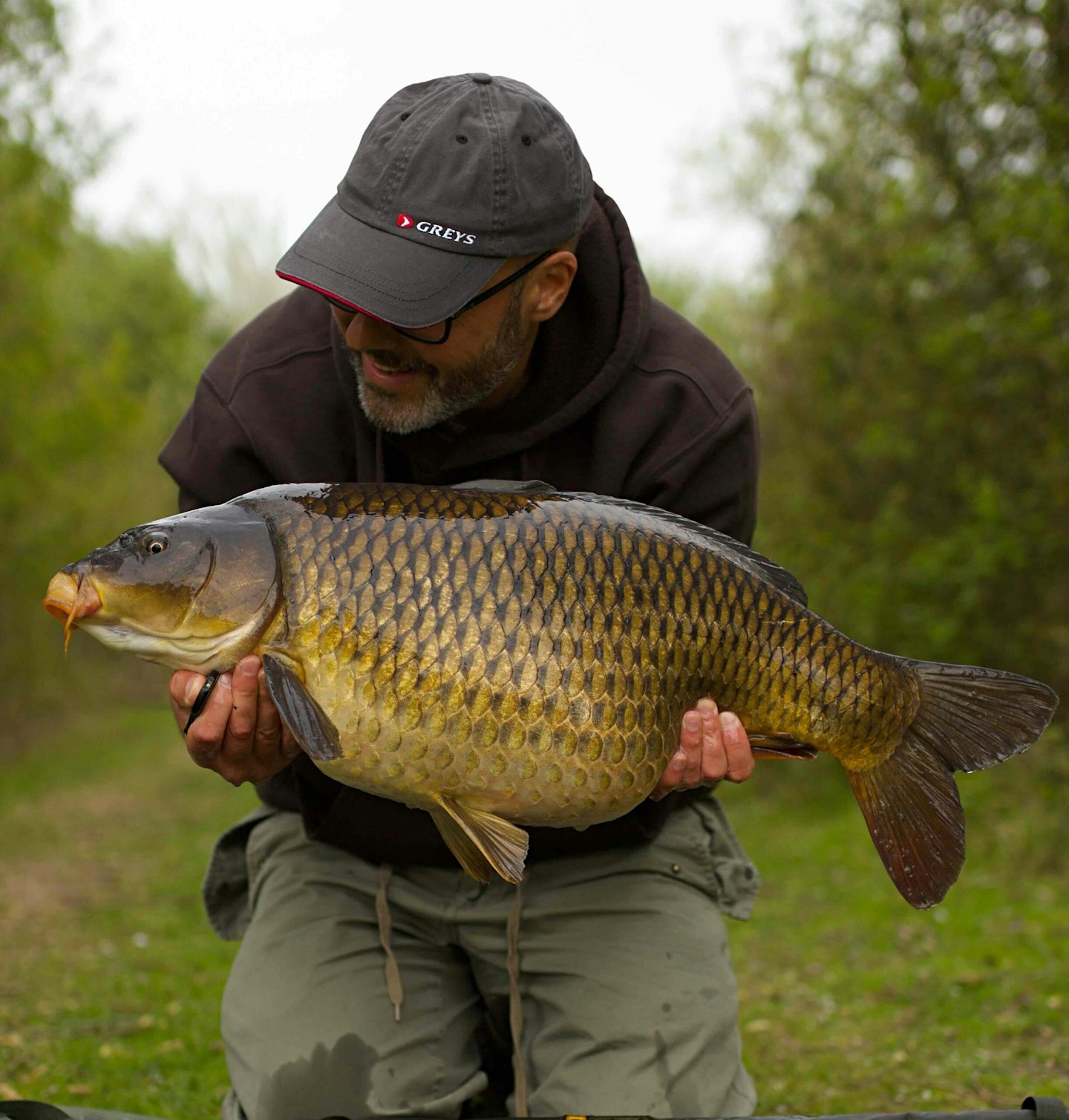
When it pays to be conservative
If my target is old and fat carp (which it often is!) then I will temper my bait application accordingly. Countless times during the three spring months of March, April and May I have seen aggressive baiting fail spectacularly, while a more conservative approach fared much more favourably.
Most of the time I am not intent on establishing a bait – I am simply focused on getting in the same area that the carp are using and then fishing for a bite using just enough bait to nail a single fish. Often the approach will be PVA bags, singles or light baiting with a boilie rocket, and I will usually select a boilie-only approach using Krill Active.
When it comes to singles, there is a huge argument for a single visual bait and there is no doubt this works very well, despite the over-saturation of their use. Whites, yellows and pinks are at their best during this phase, and if you can get one right where the fish are, then often that will be enough.
CARP CAN BE CAUGHT ON A VARIETY OF BAITS, CHECK OUT OUR GUIDE TO SOME OF THE BEST BAITS TO USE FOR CARP FISHING.
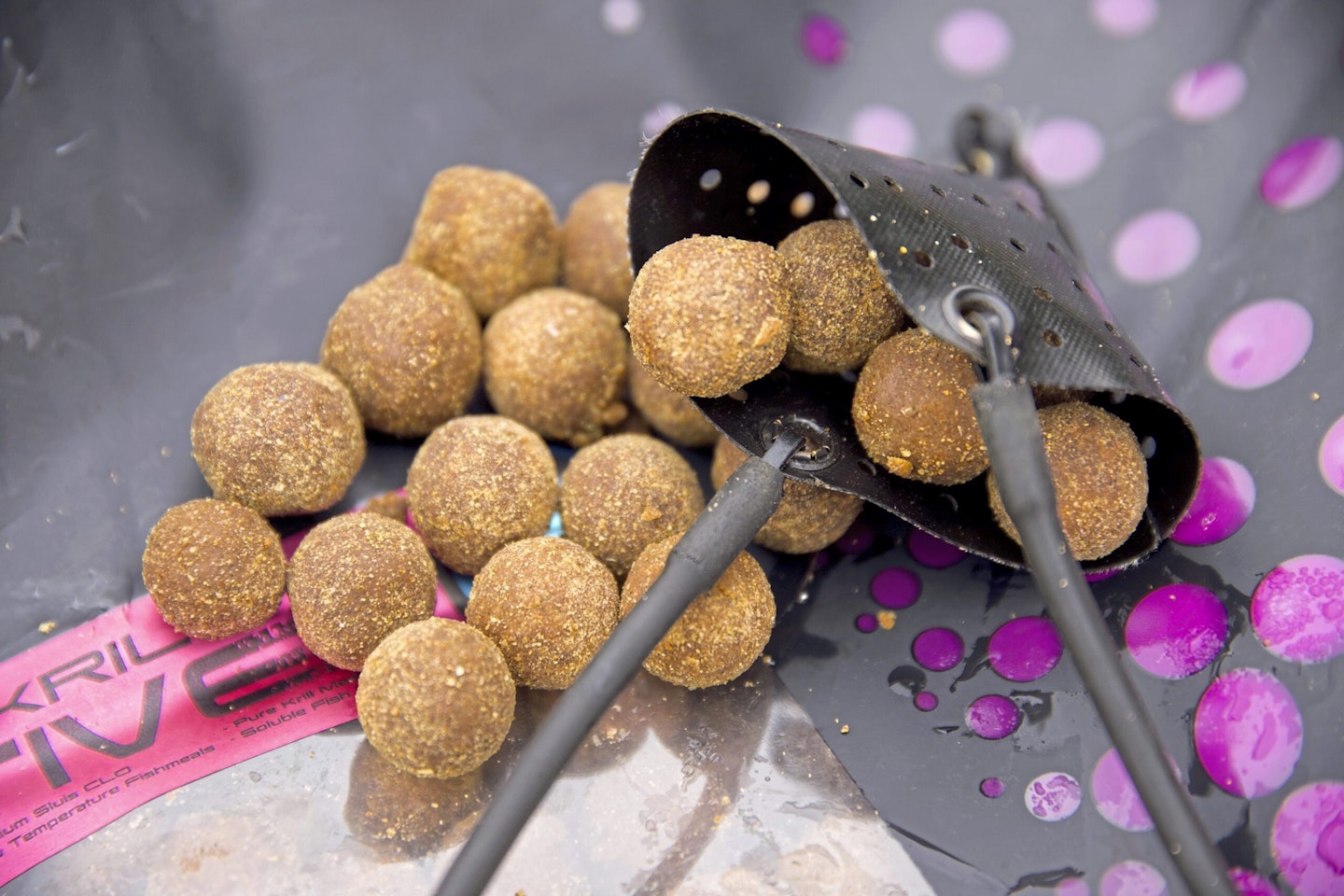
When to feed more
If you are fishing a well-stocked water for younger fish then, as I mentioned earlier, sensible but proactive bait application can be effective. In this situation I’d be looking at a mix of whole and crumbed baits, mixed with pellets and corn.
Naturally, you need to apply this where the fish are, as this is the absolute cornerstone of all successful carp angling. It’s important to remember that carp are ‘solar powered’, so areas to look for would invariably include sections of south-facing bank, particularly reeds and snags that get sunshine all day.
This is the time when, for the first time in months, carp will begin to visit the margins looking for food so be aware of this, take your polarised specs and expect to see them close-in if the water is clear.
THE BEST SPODS & SPOMBS WILL ENSURE YOUR BAITING IS ACCURATE AND EFFICIENT.
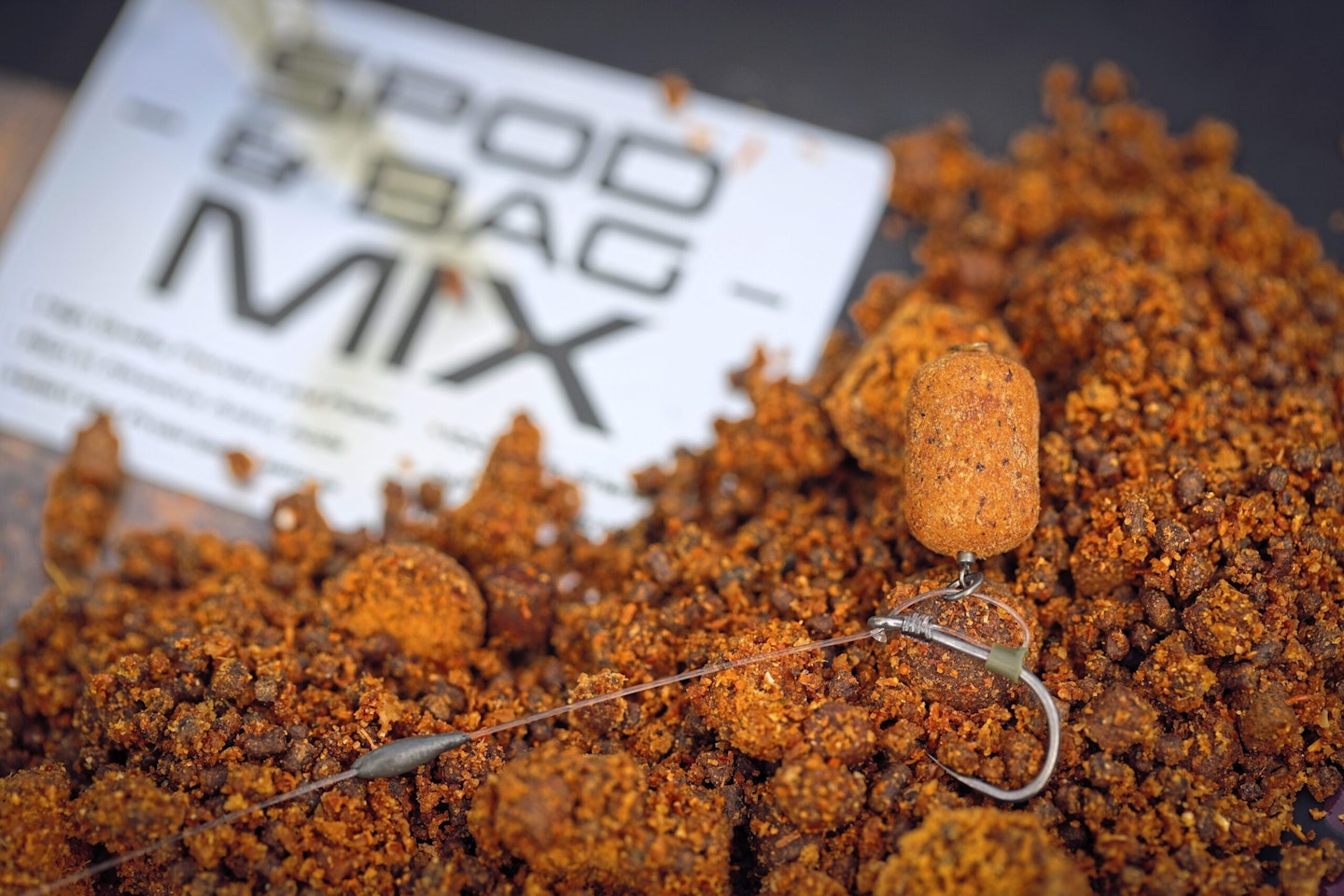
Spring winds
The last example is a bit of an unpredictable anomaly, and that is the effect of spring winds.
Again, there are no rules, and the carp in each lake will often respond differently, but don't be surprised to find them on the end of a wind that feels quite cold. If it is still ten degrees in April, the water is about the same and you are presented with a stiff north-easterly breeze, then it isn't going to chill the water much at all, despite it feeling Arctic to the angler.
I’ve often found that new spring winds are followed by the fish, sometimes immediately and sometimes even if it is a brutally cold one!
Conversely, carp being what they are, there are also many times when I have found the fish on the back of a cold wind, perhaps basking or cruising in the calm water in the lee of an island. This is often where they can end up after having followed a cold wind for a day or two, enjoying the hatches and oxygen, before then choosing the warmth instead.
With carp being wild animals, there are no hard and fast rules – it is down to you, the angler, to consider all the options but, above all, to spend your time burning those optical calories to ensure you get yourself in the right place. Get out there and good luck!
USING ONE OF THE BEST FISHING BIVVIES WILL KEEP YOU COMFORTABLE WHEN FISHING IN UNDPREDICTABLE WEATHER.
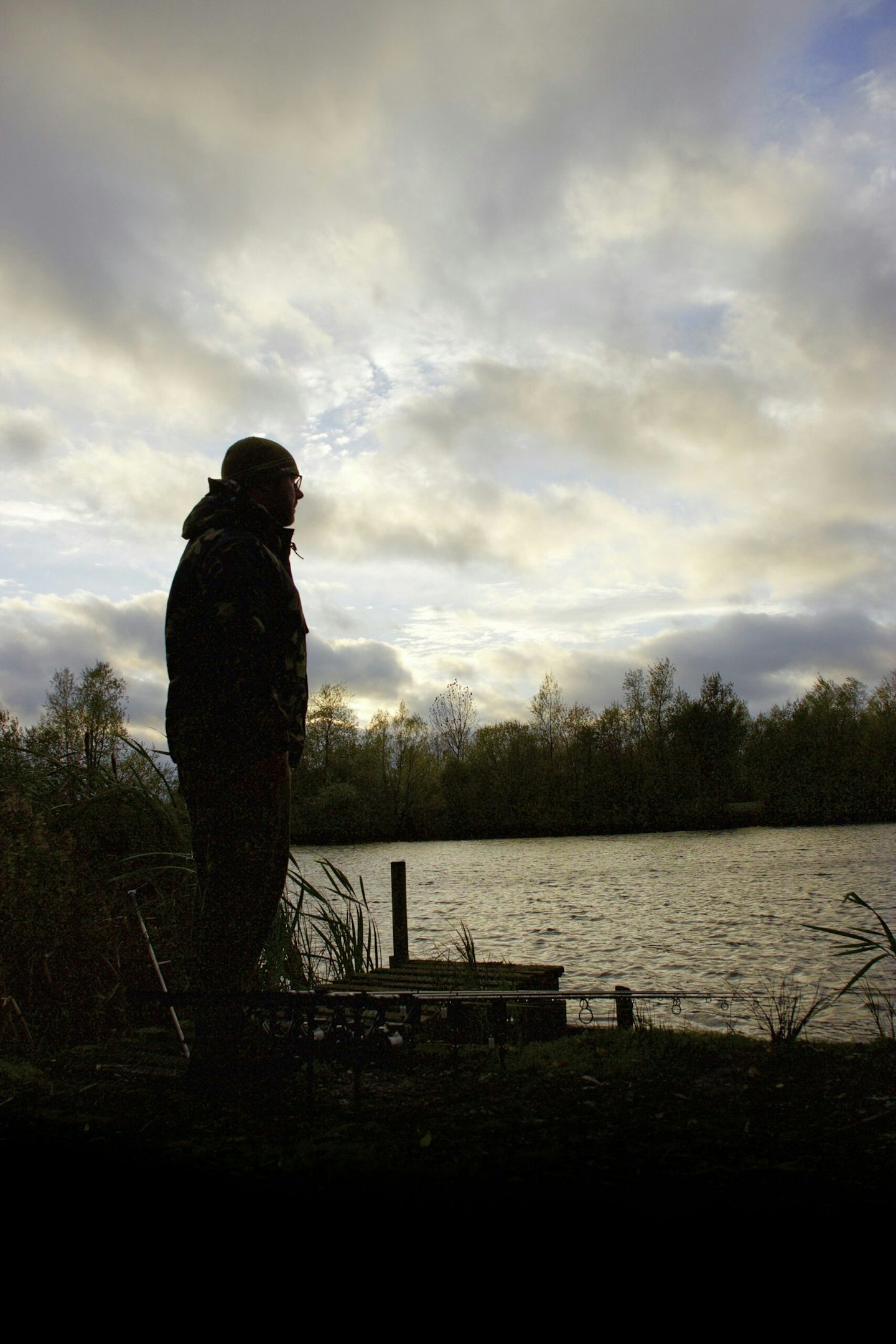
This page is a free example of the amazing content Angling Times Members get every single week. Becoming an Angling Times Member gives you access to award-winning magazine content, member rewards, our back issue archives, bonus content and more! Join our fishing community and find out more today!
